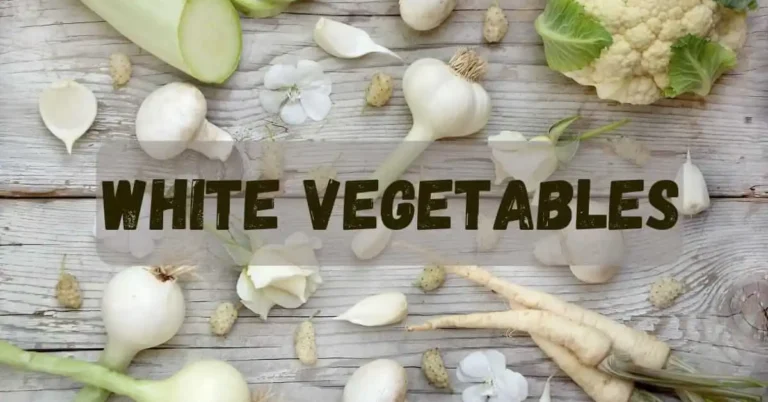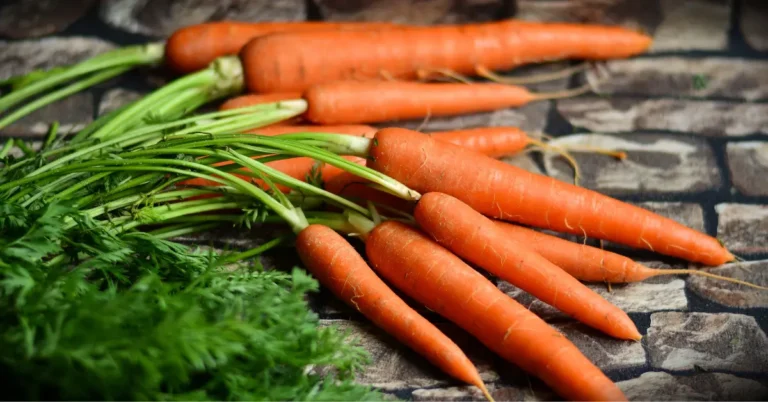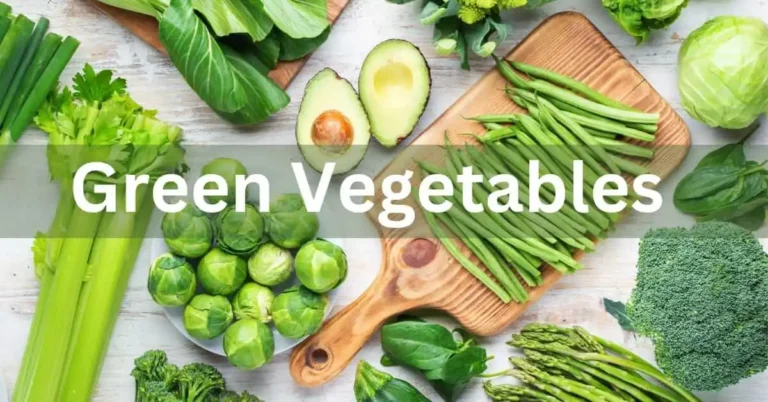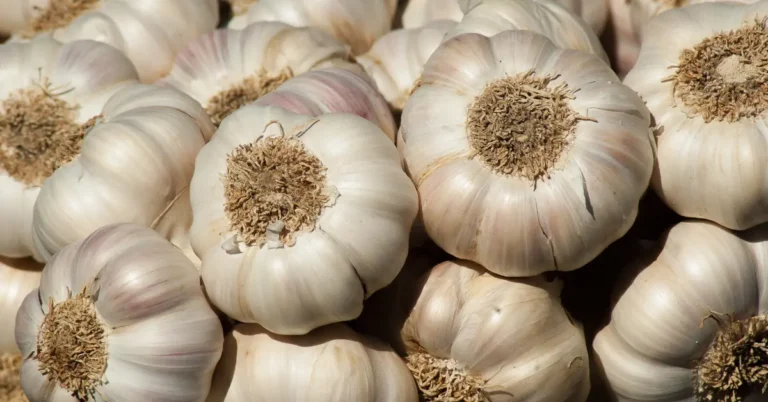Vegetables That Start With I
Vegetables are an essential part of a healthy and balanced diet. They are loaded with nutrients, vitamins, and minerals essential for our well-being. While there are many options for vegetables, have you ever stopped to think about the ones that start with the letter I?
This blog post will explore the various vegetables that start with I. We will delve into their nutritional benefits, uses, and unique characteristics.
List Of Vegetables That Start With I:
Here is a list of vegetables that start with I & we can add them to our diet.
1. Iceberg Lettuce
Iceberg lettuce, also known as crisphead lettuce, is one of the most commonly consumed vegetables that start with I. It has a round-shaped head with pale green leaves and a crispy texture. This lettuce is widely used in salads, sandwiches, and wraps, as well as a garnish for various dishes.
Despite its mild flavor, iceberg lettuce packs a nutritional punch. It is a good source of dietary fiber, vitamins A, K, and potassium. Iceberg lettuce is also low in calories, making it an excellent option for Weight Watchers.
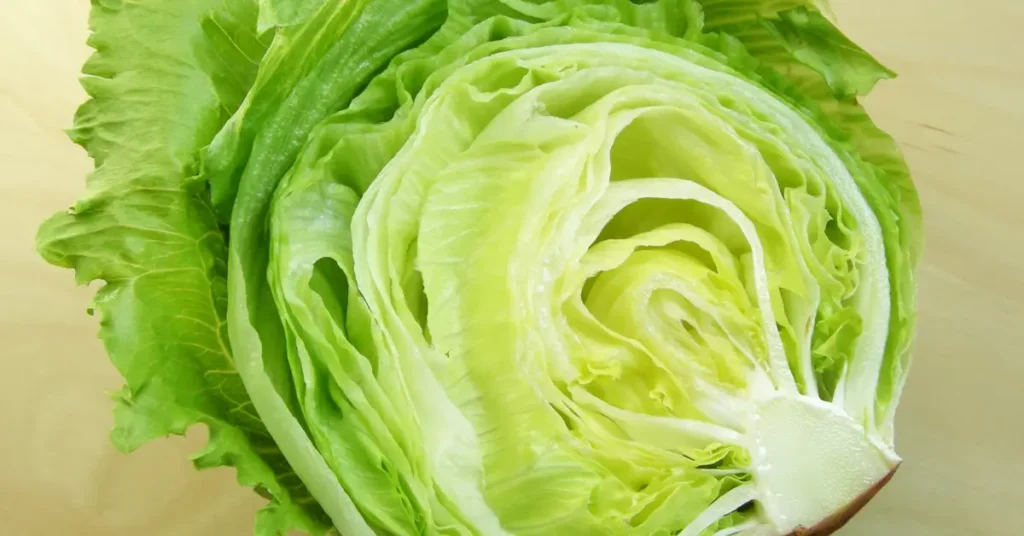
2. Ibicella Lutea
Ibicella lutea, also known as yellow trumpetbush, is a leafy vegetable native to South America. It has small, bright yellow, trumpet-shaped flowers and elongated leaves. These flowers are edible and have a sour and slightly spicy flavor, which adds a unique kick to salads and soups.
Apart from its culinary uses, Ibicella lutea also has medicinal properties. It is known for its anti-inflammatory and antioxidant properties, and it is commonly used in traditional medicine for treating respiratory and digestive issues.
3. Italian Broccoli Rabe
Italian broccoli rabe, or rapini or broccoli, is a leafy green vegetable commonly used in Italian cuisine. It has dark green, spiked leaves and tiny buds resembling broccoli flowers. The flavor of this vegetable is slightly bitter with a nutty undertone.
Italian broccoli rabe is rich in vitamins and minerals, including vitamins C, A, and K, as well as calcium, iron, and potassium. It is also a good source of dietary fiber and antioxidants, making it a nutritious addition to any meal.

4. Indian Mustard Greens
Indian mustard greens, or Sarson ka saag, are popular leafy greens in Indian cuisine. They have dark green, serrated leaves and an intense and slightly spicy flavor. These greens are usually cooked in a mixture of spices and served as a side dish with roti or rice.
Aside from its culinary uses, Indian mustard greens are highly nutritious. They are an excellent source of vitamins A, C, and K, as well as calcium, iron, and folate. Mustard greens are also known for their anti-inflammatory and detoxifying properties.
5. Ivory Carrot
Ivory carrots, also known as white carrots, are a unique and lesser-known variety. They are creamy white and are usually shorter and thicker than traditional orange carrots. These crisp carrots have a subtle sweetness, making them a delicious addition to salads, stir-fries, and stews.
Compared to orange carrots, ivory carrots have a higher concentration of nutrients, including vitamins C and D, as well as dietary fiber and antioxidants. They are also low in calories and an excellent alternative for those looking to add variety to their diet.

6. Ivy Gourd
Ivy gourd, or tindora or gherkin, is a tropical vine native to Asia and Africa. It has small, oval-shaped fruits used in various cuisines for their mild and slightly bitter flavor. Ivy gourds can be eaten cooked or raw and are popularly used in stir-fries, curries, and pickles.
These gourds are a rich source of dietary fiber, vitamins C and A, and minerals such as calcium and iron. They are also known for their anti-inflammatory properties and have been used in traditional medicine to treat various ailments.
7. Isle of Man Cabbage
Isle of Man cabbage, also known as Manx kale, is a variety of cabbage native to the Isle of Man, a small island between England and Ireland. This cabbage has a round-shaped head with green and purple leaves. It has a distinct flavor that is slightly sweet and nutty.
This cabbage is a nutritional powerhouse packed with vitamins A, C, and K, calcium, and iron. It is also a good source of antioxidants and dietary fiber, making it a great addition to soups, stews, and smoothies.
8. Iron Cross Begonia
Iron cross begonia, also known as painted leaf begonia, is a flowering plant prized for its unique and colorful foliage. It has large, dark green leaves with deep red veins forming a cross-like pattern. This plant is commonly grown as an ornamental plant and is often used in landscaping.
In addition to its visual appeal, iron cross begonia also has medicinal properties. Its leaves are known for their antimicrobial and anti-inflammatory properties and have been used in traditional medicine to treat wounds, burns, and skin irritations.
9. Islandica Turnip
Islandica turnip, or the French turnip, is a root vegetable native to Scandinavia. It has small, round roots with an orange or purple color and a slightly sweet flavor. These turnips are commonly used in soups, stews, and roasted dishes.
This root vegetable is a good source of vitamins C and A, as well as dietary fiber and minerals such as iron and calcium. It is also known to have anti-inflammatory and anti-cancer properties, making it a nutritious addition to any meal.
10. Italian Artichoke
Italian artichoke, also known as Romanesco artichoke, is a type of globe artichoke grown in Italy. It has a round-shaped head with a green and purple color and a meaty base, which is the edible part. This vegetable is commonly used in salads, dips, and casseroles.
Artichokes are a rich source of dietary fiber, vitamins C and K, and minerals like potassium and magnesium. They are also known for their antioxidant and anti-inflammatory properties and are recommended for those with high blood pressure and cholesterol levels.
11. Italian Parsley
Italian parsley, also known as flat-leaf parsley, is widely used in Italian cuisine. It has flat, dark green leaves and a unique flavor that is slightly bitter and peppery. This herb is commonly used as a garnish in salads and to flavor soups, stews, and sauces.
Parsley is an excellent source of vitamins, particularly vitamins A and C, and minerals such as iron, calcium, and potassium. It also has anti-inflammatory and diuretic properties and has been used in traditional medicine to treat urinary tract infections.

12. Italian Eggplant
Italian eggplant, also known as Sicilian eggplant, is a variety of eggplant native to Italy. It is a dark purple, pear-shaped fruit with a rich and slightly bitter flavor. This eggplant is commonly used in dishes such as moussaka, ratatouille, and eggplant parmesan.
Aside from its culinary uses, Italian eggplant is highly nutritious. It is a good source of dietary fiber, vitamins C and K, and minerals such as potassium and magnesium. It also has anti-inflammatory and antioxidant properties and is recommended for those with high blood pressure and cholesterol levels.
13. Indian Bitter Melon
Indian bitter melon, also known as bitter gourd or karela, is a tropical and subtropical fruit widely used in Indian and Chinese cuisine. It has a bumpy, oblong-shaped fruit with a pale green color and a unique bitter taste. This fruit is commonly used in stir-fries, curries, and pickles.
Bitter melon is packed with nutrients, including vitamins A and C, as well as dietary fiber and minerals like potassium and iron. It is also known to have blood sugar-lowering and anti-cancer properties and has been used in traditional medicine to treat diabetes.

